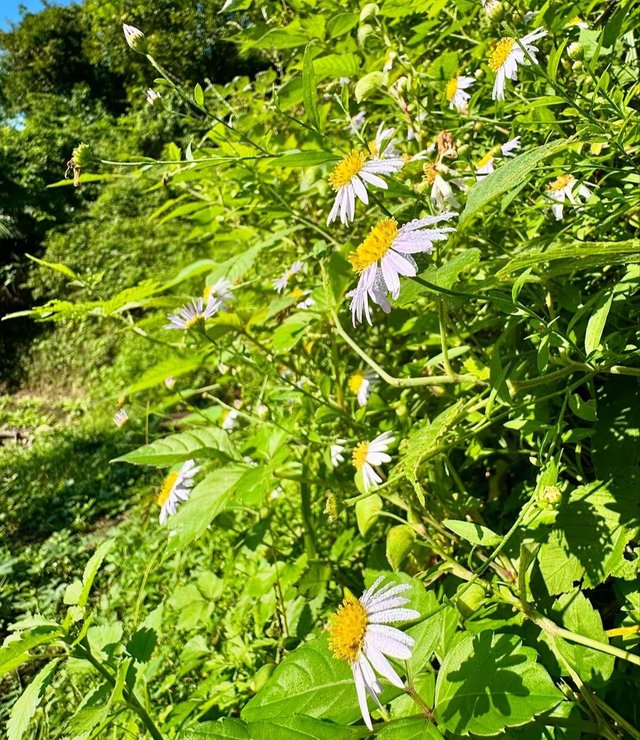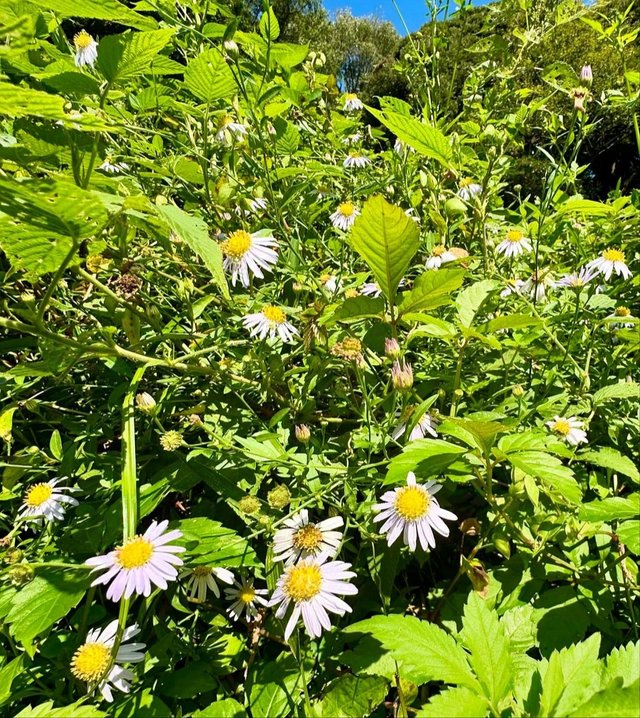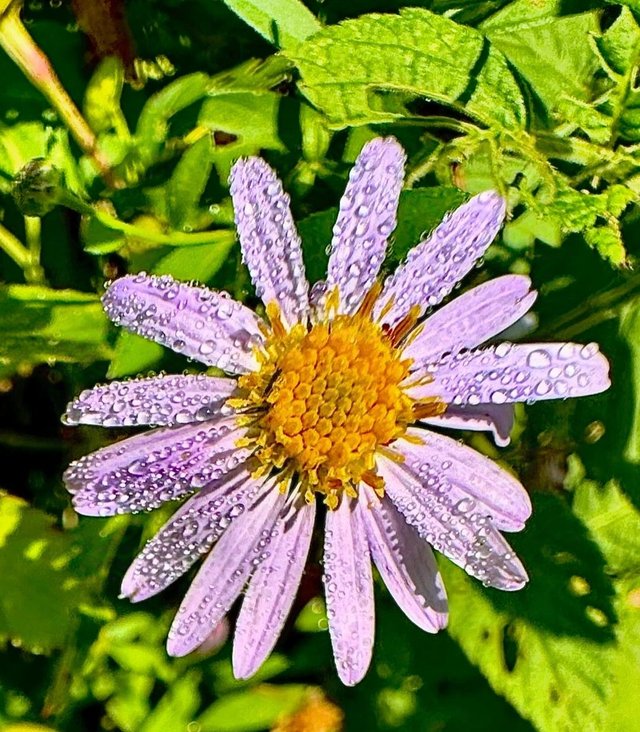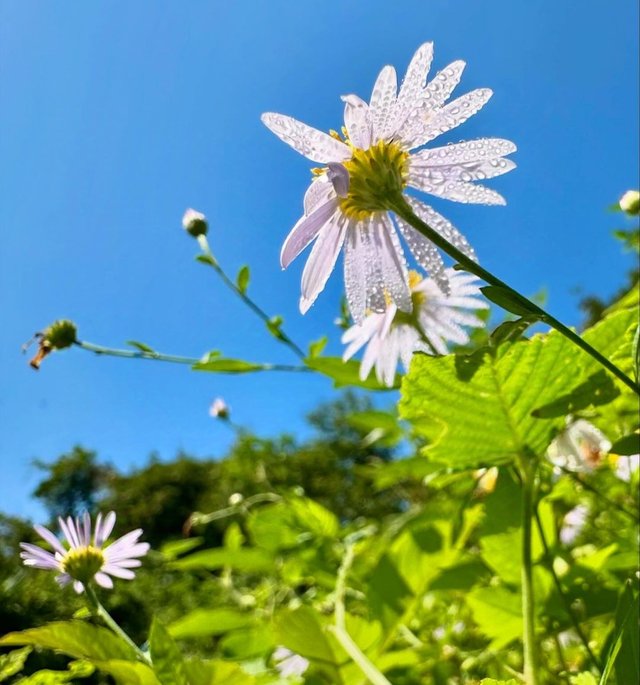So Beautiful Marguerite Daisy Flower
The Marguerite daisy is a charming, versatile flowering plant that has captured the hearts of gardeners and nature lovers for centuries. Native to the Canary Islands, these daisies are members of the Asteraceae family, which includes sunflowers, asters, and traditional daisies. Known for their vibrant, long-lasting blooms, Marguerite daisies have become a popular addition to flower beds, containers, and landscapes around the world.
Appearance and Characteristics
Marguerite daisies are admired for their attractive, delicate flowers, which resemble the classic daisy shape. They typically have a central yellow disk surrounded by white, pink, or pale-yellow petals, though some cultivars feature variations in color. These flowers grow on slender, branched stems with fine, fern-like foliage, creating a lush, feathery texture that enhances their aesthetic appeal.
One of the most striking features of Marguerite daisies is their blooming season. These plants are known for their extended flowering period, which can last from spring through early autumn, depending on the climate and care they receive. This long bloom time makes them a valuable plant in any garden, offering a reliable splash of color for months at a time.
Growth and Care Requirements
Marguerite daisies are relatively easy to grow, making them an excellent choice for both beginner and experienced gardeners. They thrive in full sun, requiring at least 6-8 hours of sunlight per day to encourage healthy growth and abundant blooms. While they can tolerate partial shade, they will not flower as prolifically in lower light conditions.
In terms of soil, Marguerite daisies prefer well-drained, loamy soil with a neutral to slightly acidic pH. Though they can adapt to poorer soils, they will perform best when grown in nutrient-rich environments. Regular watering is important, particularly during hot, dry spells, but it's crucial not to overwater. Like many plants, Marguerite daisies are susceptible to root rot if left in soggy, poorly drained soil.




